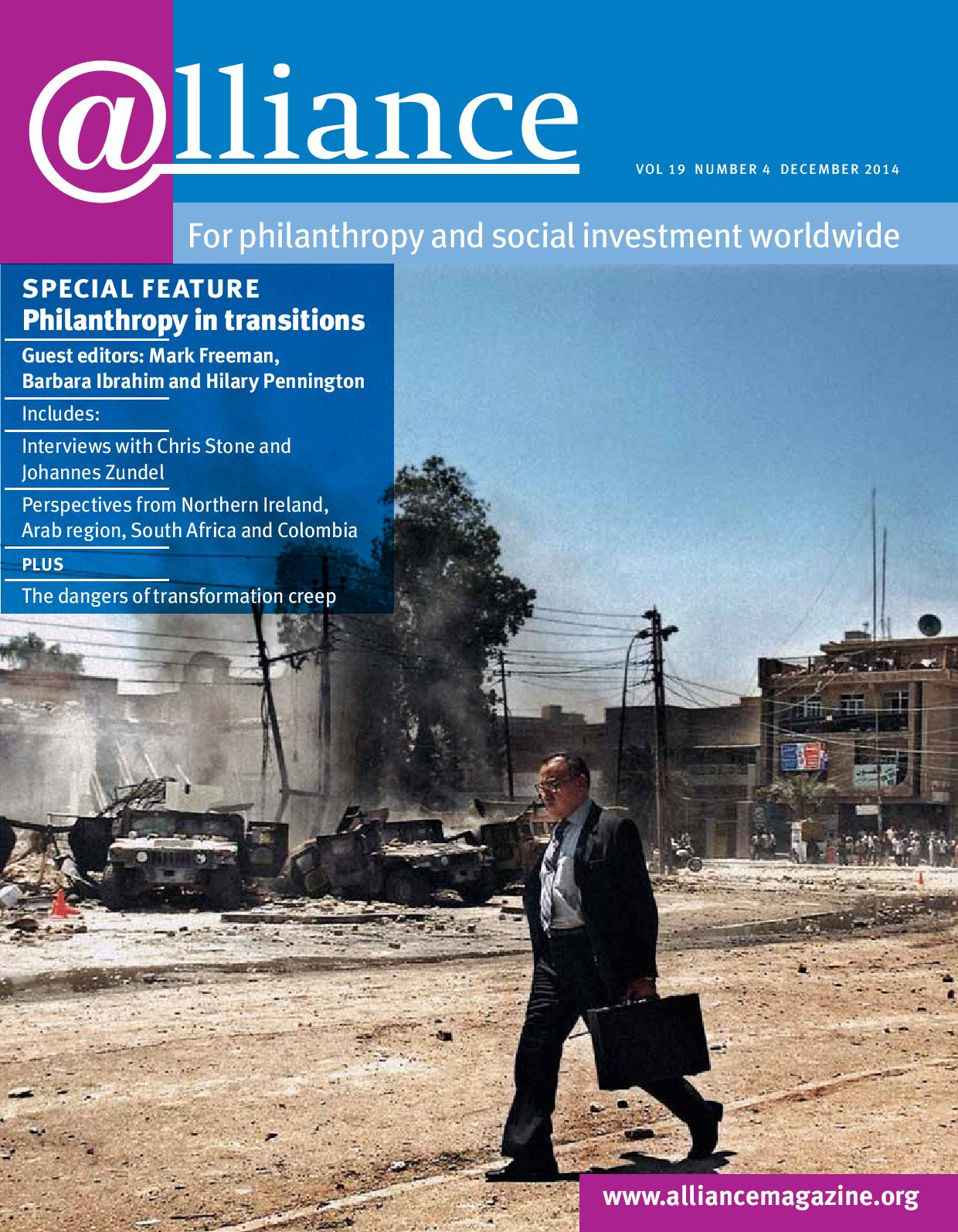‘Transparency for funders is a helpful idea, but it’s not a panacea. If private foundations and grantmakers think it is, then their attempts to bring a measure of sunlight to a sector shrouded in mist are likely to fail or, much worse, do damage.’
A pragmatic approach to transparency
We welcome Jo Andrew’s article ‘When is transparency a really bad idea?’ as an important contribution to the debate on transparency, open data and philanthropy.
Jo lists some obvious cases: for example, transparency is a bad idea when it subverts your basic grantmaking purpose. We can all agree with that. In fact, we can add other examples from outside the human rights field. For example, it wouldn’t be appropriate to publish the details of a grant if it referred to the location of a vulnerable women’s shelter. In the vast majority of cases, though, transparency can offer many benefits to grantmakers and those whose lives we aim to improve. We should be careful not to generalize from exceptions.
Grantmaking in the UK remains astonishingly opaque – for funders and grantseekers alike. Not knowing who funds what creates huge inefficiencies that affect how well we can work to distribute funds; and how grantseekers apply for them. Lack of information makes it harder for those starting out as philanthropists or trying to fund in new areas.
Our own work on the 360giving open funding initiative (while in its very early stages) encourages a pragmatic, needs-led approach to transparency about grantmaking. We provide funders with an easy way to publish their grant data for others to re-use. We would never, ever suggest that people publish grant information that could reasonably be foreseen to undermine their grantmaking purpose. As grantmakers we know that funders need to make an informed choice about which of their grants they publish, and 360giving has deliberately not pursued a regulatory-led approach so as to enable these decisions to be taken with care by funders.
Opacity and secrecy make it hard for those doing the right thing to argue and defend their position. It was striking that, when the government made policy noises about changing the tax status of donations to charities, the sector could not easily point to a comprehensive body of evidence of its good work.
The Indigo Trust publish all their grants both on their blog and in an open data format. They have withheld information about a grant which concerned anti-corruption activists in a developing country where transparency could have jeopardized their lives. They handled this by publishing the fact that a grant of ‘x’ amount had been made, but detail wasn’t being published for security reasons. When the situation changed, with the permission of the grantee they published the full information, and were encouraged to blog about the project by the grantee.
There are sometimes good reasons not to be wholly transparent, but if we generalize from exceptions we can miss the opportunity to help inform grantmaking and improve impact for the whole sector. Is transparency a panacea for funders? Absolutely not – but it can improve our decision making. Could more information really make our decisions any worse?
Signed by:
Fran Perrin Indigo Trust, founder member of 360giving
William Perrin TalkaboutLocal, Indigo Trust
Alice Casey NESTA
Ed Anderton Nominet Trust
Tim Davies Practical Participation






Comments (0)